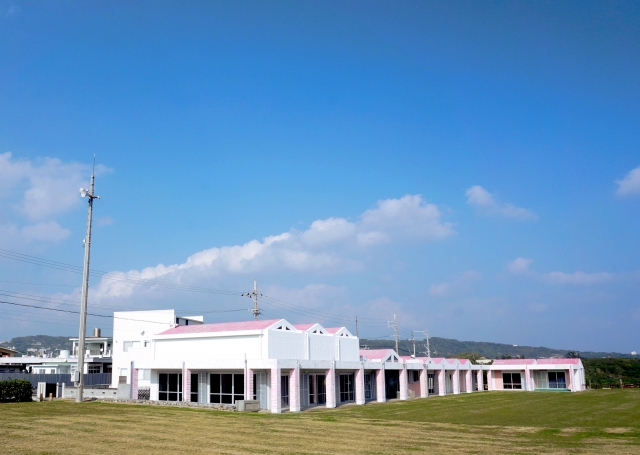Japan Crisis Guide: Traveler's Preparedness
当サイトは広告が表示される場合がございます。
2024年04月22日/お知らせ & コラム、UVカット製品

Reflecting on Japan's security environment, it's evident that while the specter of large-scale invasions has waned since the Cold War era, new threats have emerged, demanding our attention. From the proliferation of weapons of mass destruction to the looming shadow of ballistic missiles and the unsettling presence of international terrorism, Japan finds itself navigating a complex and ever-evolving security landscape.
In the face of these challenges, I can't help but feel a sense of duty and responsibility towards ensuring the peace, independence, and safety of our nation and its people. It's a responsibility that transcends government mandates and official policies, rooted deeply in our collective consciousness as citizens of Japan.

As travelers, exploring new lands brings excitement and adventure. However, it's crucial to be prepared for any unforeseen circumstances, especially when visiting a country like Japan, which is not immune to potential crises. Here's a comprehensive guide to navigating crises in Japan and staying safe.

Potential Crisis Scenarios
Japan, while known for its safety and efficiency, faces various potential crises, including natural disasters like earthquakes and typhoons, as well as the unlikely but possible scenario of a ballistic missile threat.
.jpg)
Ballistic Missile Threat
In the event of a ballistic missile threat, it's essential to stay informed and act swiftly. The Japanese government's J-Alert system is designed to provide immediate warnings and instructions in case of such emergencies. Alerts are typically issued through various channels, including sirens, mobile phones, and television broadcasts.
Civil Protection Warning Siren

Evacuation Procedures
If you find yourself outdoors during a missile threat, seek shelter immediately. Identify nearby sturdy buildings or designated shelters such as underground facilities, underground shopping streets, or subway stations. These locations offer protection from potential impacts.
Evacuation map

Shelter Availability
While Japan has a robust infrastructure, including numerous underground facilities, dedicated shelters are not widespread. However, public buildings like city halls, schools, and community centers may serve as emergency shelters during crises. Familiarize yourself with the nearest shelter locations in your vicinity.

Government and Local Initiatives
The Japanese government and local authorities prioritize disaster preparedness and response. They regularly conduct drills and exercises to ensure readiness in the face of emergencies. Additionally, municipalities provide resources and information to residents and visitors alike, including evacuation routes and emergency contacts.

Community Preparedness
Japanese society values preparedness, and individuals are encouraged to take proactive measures to safeguard themselves and others. This includes having emergency kits with essential supplies like food, water, first aid supplies, and flashlights. Travelers should consider carrying a portable emergency kit during their stay.

Safe Travels in Japan: Preparedness and Shared Responsibility
In conclusion, while the chance of facing a crisis in Japan is low for travelers, being ready is crucial. Learn emergency procedures, stay updated through official sources, and stay aware. Each of us has a role in keeping Japan safe beyond laws. It's about our everyday actions and decisions. Safety in Japan is a shared effort. By staying alert, informed, and united, we can tackle any challenges together, ensuring a safer future. Remember, safety comes first to enjoy your time in Japan!
